Additional notes (click to expand)
Commemorative
The genus name commemorates Georg Josef Kamel (1661–1706), a Jesuit pharmacist born in Moravia (Czech Republic). He went as a Jesuit priest to the Marianas in 1683 and Manila in the Philippines in 1688, and set up the first pharmacy there. He sent plants found in the gardens of the Chinese to the botanist John Ray (1627–1705) in England, who published his work in an appendix to his own Historia plantarum (1686–1704) as Herbarum aliarumque stirpium in insula Luzone Philippinarum (1704) (Herbs and other plants in the island of Luzon in the Phillipines). It is unlikely that Kamel found camellias as he never went to Japan or China, but his work on the flora of the Far East was substantial, and merited the recognition. He also wrote Observationes de avibus Philippensibus (1702), the first account of the birds of the Philippines.
Oakeley, Dr. Henry. (2012). Doctors in the Medicinal Garden. Plants named after physicians. Royal College of Physicians.
link
Medicinal
In traditional Chinese medicine (TCM) the following notes apply to the species of this plant:
The flowers are astringent, antihaemorrhagic, haemostatic, salve and tonic. When mixed with sesame oil they are used in the treatment of burns and scalds. The plant has shown anticancer activity[Duke. J. A. and Ayensu. E. S. Medicinal Plants of China Reference Publications, Inc. 1985].
https://pfaf.org https://pfaf.org/user/Plant.aspx?LatinName=Camellia+japonica
Nomenclature
Camellia japonica 'Splendens' - a synonym
The Royal Horticultural Society Horticultural Database, available at www.rhs.org.uk
Geographical distribution
- Asia-Temperate, Eastern Asia, Japan
- Asia-Temperate, Eastern Asia, Korea
Camellia japonica L. 'Coccinea'
Family: THEACEAEGenus: Camellia
Species: japonica L.
Cultivar: 'Coccinea'
Distribution summary: Japan, South Korea
Habit: Shrub
Garden status: Currently grown
Garden location: Far East (L)
Reason for growing: Commemorative, medicinal
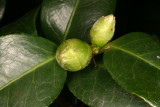
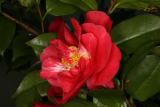
.JPG)
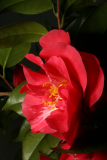
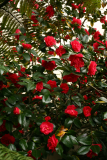
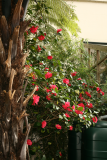
.JPG)
.JPG)